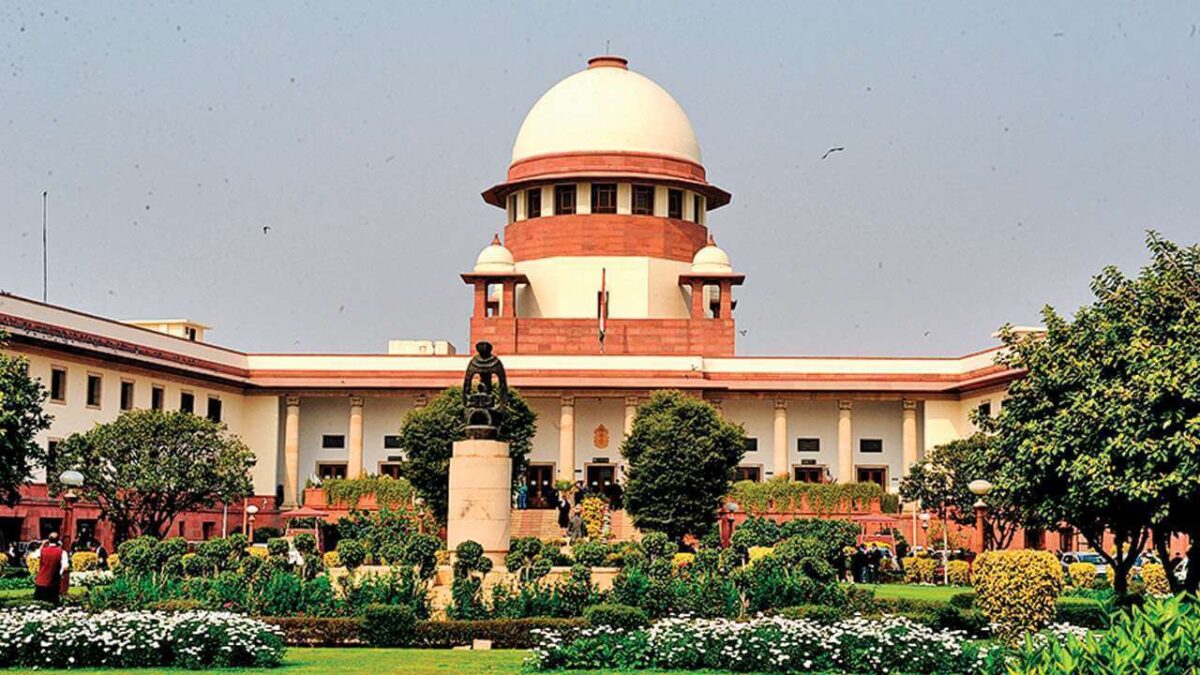The Supreme Court has recently laid down the principles to be followed in cases where there are multiple dying declarations. The Court evaluated the circumstances where the extent of burn injuries was considered while evaluating the credibility of dying declarations. The Court also held that evidence given by interested witnesses should be accompanied by an independent witness.
Background of the Case
In Abhishek Sharma v. State (2023), the deceased was set on fire and passed away due to multiple burn injuries. The appellant was booked for murder under section 302 of the Indian Penal Code.
The Court pointed out that none of the dying declarations concluded towards incriminating the accused. Moreover, the Court found quite a few inconsistencies in the prosecution’s case which led to the court acquitting the appellant.
The court observed that after considering the aforementioned factors, placing the guilt upon the convict-appellant based on dying declarations when no other substantial particulars, apart from his name, could be elicited, making the conviction unjustified.
The division bench comprising Justices Abhay S. Oka and Justice Sanjay Karol were hearing an appeal against the Delhi High Court judgement which had ruled the life imprisonment sentence to the appellant in a murder case under section 302 of IPC.
The Trial Court found all four dying declarations made by the deceased to be consistent, voluntarily, and reflective of her sound mental condition at the time. Consequently, the appellant was found guilty and convicted under Section 302. Upon appeal, the High Court agreed with the Trial Court’s findings, and dismissed the appeal on the grounds of lack of merit. Thereafter, the appellant approached the Supreme Court.

Precedents in previous cases referred by the Supreme Court involving multiple dying declarations
Since the prosecution’s case mainly relied on the deceased’s alleged dying declarations, the Court began by referring to precedents established in cases involving multiple dying declarations including the case of Kamla v. State of Punjab (1993), where the Court emphasised that when inconsistencies arise between different dying declarations, the nature of these inconsistencies must be examined.
In certain situations, where two different dying declarations exist, the Court in State of Punjab v. Parveen Kumar (2005) had expressed that serious doubts arise concerning their truthfulness and if reliable indicative evidence is available, it should be considered to test the credibility of the dying declarations.
Further, the court discussed the case of Amol Singh v. State of M.P.(2008) which held that inconsistencies between multiple dying declarations must be assessed in the context of surrounding facts and circumstances.
In cases of multiple dying declarations, the Court referred to Lakhan v. State of M.P. (2010), where the Court had held that when several dying declarations are presented, and inconsistencies are apparent, the declaration which is recorded by a higher-ranking officer, for instance a Magistrate, is generally considered more reliable, provided that no circumstances raise suspicion about its credibility.
The Court also referred to Ashabai v. State of Maharashtra (2013) which highlighted that when multiple dying declarations exist, each must be assessed independently based on its own merit and in Jagbir Singh v. State (NCT of Delhi) (2019), where the Court held that if inconsistencies are reconcilable, the Court looks at other material on record.
The Court further categorised such cases into three specific groups: cases with reconcilable inconsistencies, irreconcilable inconsistencies, and diametrically opposed dying declarations.
The Court also referred to Uttam v. State of Maharashtra (2022) 8, where it was held that when cases with multiple dying declarations are being heard, the court should scrutinise the evidence to determine which declaration aligns with other material evidence including medical reports and the physical and mental state of the deceased.
Conclusion
The Supreme Court, after scrutinising the credibility of another dying declaration made by the deceased to her mother, an interested witness, and referring to precedents set in related cases, held that the prosecution in this case had not established the ownership of any vehicle by the accused, existence of animosity between him and the deceased, or any connection between him and the inflammable substance used in the crime. Therefore, the court acquitted the appellant.



